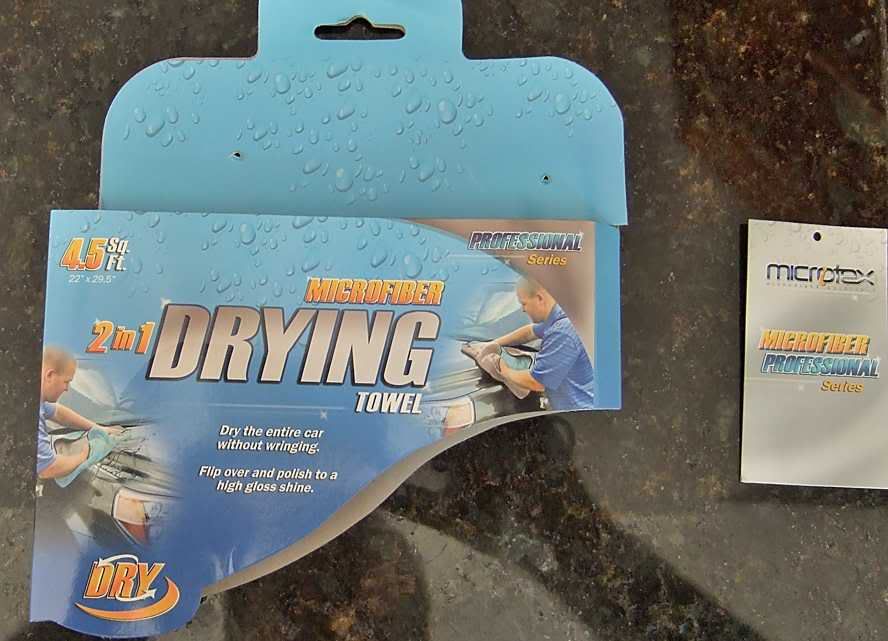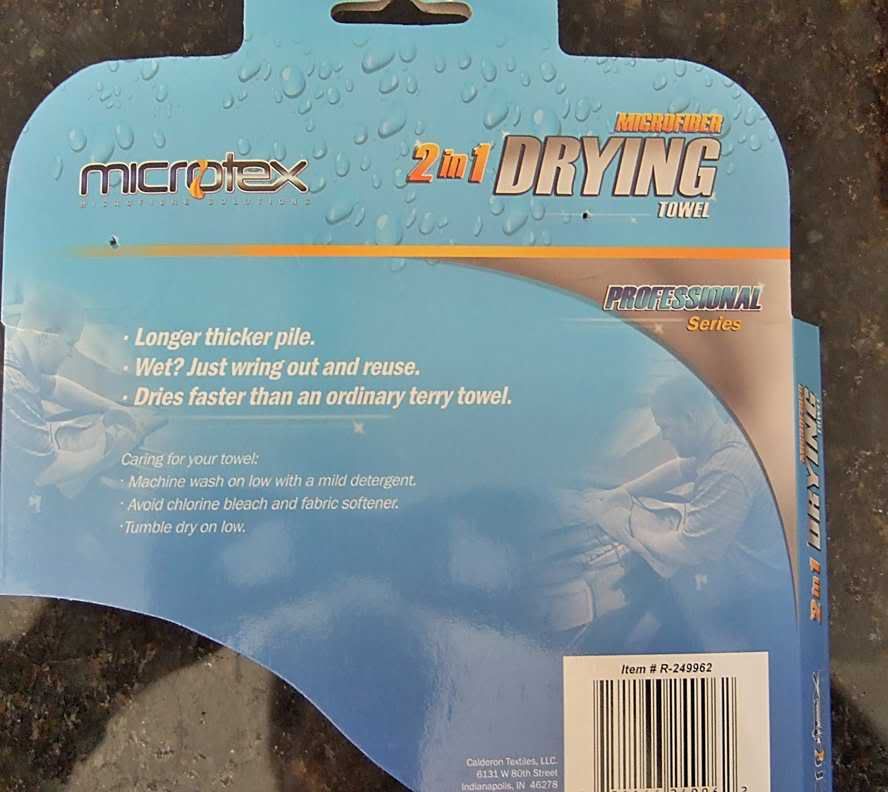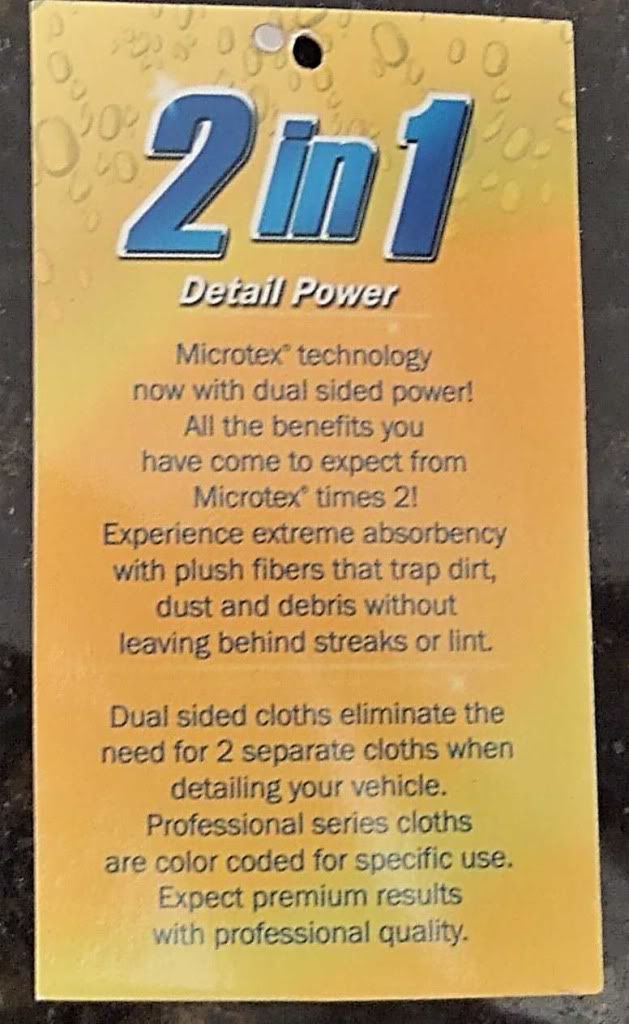I was so skeptical about this product until this detailer told me something that SEEMS to make sense but I want to get some advice from people here.
I guess it's just like the waterless/rinseless wash, that seems to be scary at first.
Of course everyone has the first impression of "scratching". But what this guy told me was that...first you need a very soft blade that's made of real silicon.
Then...if you're going to scratch your car with the blade, it means there's something on the surface which means you will scratch it with anything else you use (terry cloth, chamois, microfiber, etc.)
He mentions that MF may trap some dirt but there is always a limit to it and also since with a towel you will be wiping/buffing/dragging back and forth many passes before the car is dry which induces scratches even more.
With the water blade, only 1 pass is needed which reduces scratch because you're making much less contact with the paint.
I don't know...I'm still kind of skeptical. I want some professional advice from people who've used this thing please!
I guess it's just like the waterless/rinseless wash, that seems to be scary at first.
Of course everyone has the first impression of "scratching". But what this guy told me was that...first you need a very soft blade that's made of real silicon.
Then...if you're going to scratch your car with the blade, it means there's something on the surface which means you will scratch it with anything else you use (terry cloth, chamois, microfiber, etc.)
He mentions that MF may trap some dirt but there is always a limit to it and also since with a towel you will be wiping/buffing/dragging back and forth many passes before the car is dry which induces scratches even more.
With the water blade, only 1 pass is needed which reduces scratch because you're making much less contact with the paint.
I don't know...I'm still kind of skeptical. I want some professional advice from people who've used this thing please!




